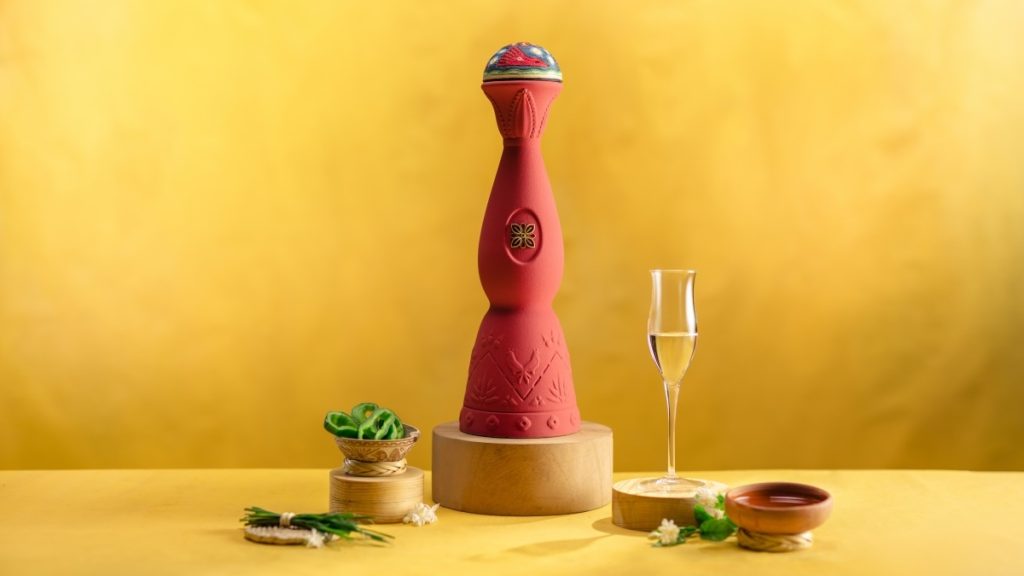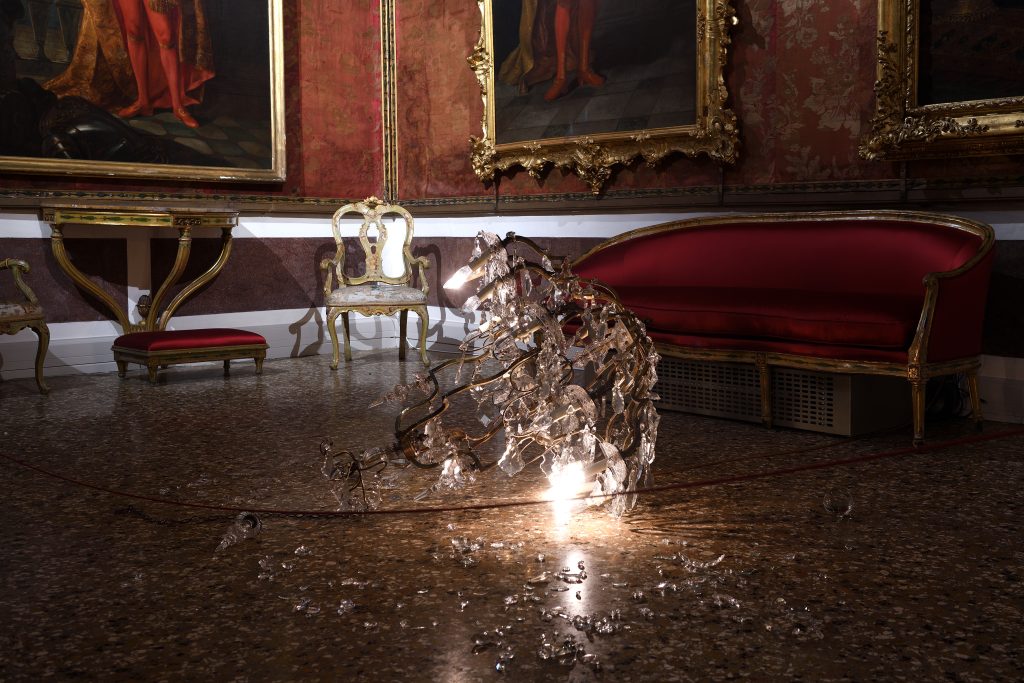Link About It: This Week’s Picks
Canada’s hitchhiking robot, parasite tintypes, Patagonia’s weed wetsuit and more in our weekly look at the web


1. DIY Fireball Whiskey
Fireball Cinnamon Whiskey has entered the upper echelons of party spirits, with sales rising from $1.9 million in 2011 to $61 million in 2013. And with the atomic fireball candy-flavored booze being the new go-to drink, Washington, DC’s ChurchKey bar decided to make their own version, which takes the college drink to more a sophisticated level. All you need is a bottle of your favorite bourbon, cinnamon sticks, sugar and some chili flakes—and eight days of patience. No matter what, making it on your own might just be as much fun as drinking it.
2. Haute Fox Den
The masterfully crafty French design duo Zim & Zou have constructed one of the most magical displays to grace a shop window and it’s for Hérmes—at their Barcelona location. Made entirely from leather and paper, the meticulously created fox den is highly ornate, from the whiskers to the detailed placement and lush patterning. The fox’s style choices are also applaudable, as is his love of everything Hérmes.
3. Golden Flies
Self-taught artist Hubert Duprat has found beauty and creativity in a pretty unremarkable insect: the caddisfly. He noticed that in their larval stage, the flies used materials found in their environment (such as wood and stone) to build an outer shell until they were ready to metamorphose into a fully developed (still unremarkable) caddisfly. But see what happens when Duprat adjusts the flies’ environment to include gold leaf, pearls and precious gems—the final product is a natural work of art that would make even King Tut turn green with envy.
4. The Hitchhiking Robot
Here’s one hitchhiker we can safely endorse picking up. The hitchBOT is part of a Canadian university’s research project examining the changing relationship between humans and technology. Equipped with 3G and GPS, the wandering solar-powered bot is making its way across Canada entirely by voluntary pick-ups. Follow the journey on social media where hitchBOT can be seen in selfies with new highway buddies.

5. Parasite Tintypes
Lice, ticks and fleas don’t typically lend themselves to beautiful portraiture, but photographer Marcus DeSieno has cast the pests in a different light through a combination of electron microscope technology and dry plate gelatin ferrotypes. The images are then enlarged and printed in large format (four feet), allowing the viewer to take on the monstrous forms and appreciate their complex anatomy.
6. An Artsy Instagram Takeover
East London-based set designer Anna Lomax’s eye for color, movement and the bizarre has made her a hot commodity for big name brands and magazines. Most recently, she’s created some unusual 3D infographics for the smart women’s magazine Riposte—and this week, she took over the Riposte Instagram with “things I’ve made, things I’ve seen and things I’m buying or want.” Thus far, one of her photos has already been censored by the social media site. Check out both @ripostemagazine and @annalomax to keep up with the inspiring and saucy visual bites.
7. The Discovery of SKA2
Researchers at Baltimore’s Johns Hopkins University have discovered that identifying an individual’s suicide risk could be as simple as a blood test. The study has found “a chemical change in a single gene, called SKA2, which is linked to how the brain responds to stress hormones” and this gene makes all the difference, as SKA2 “works to inhibit negative thoughts and control impulsive actions.” While the concept of potential suicides being so tangible might seem grim, the fact that these findings mean health professionals will hopefully have a better chance at stopping a catastrophe so heartbreaking can only be seen as a positive.
8. Patagonia’s Weed Wetsuit
Nope, not that kind of weed. We’ve been following Patagonia’s industry-changing use of the desert shrub guayule in its Yulex wetsuit since early prototypes hit the water. The technology substitutes traditional petroleum-based neoprene for a sustainable and equally effective substitute that—as a bonus—naturally imparts the wetsuits with a eucalyptus-like smell. With the wetsuit now hitting the market, Patagonia has opened up the material for use by other companies and in other product categories (sneakers, yoga mats) in hopes of having the greatest eco impact.
Link About It is our filtered look at the web, shared daily on Twitter and published weekly every Saturday morning.











